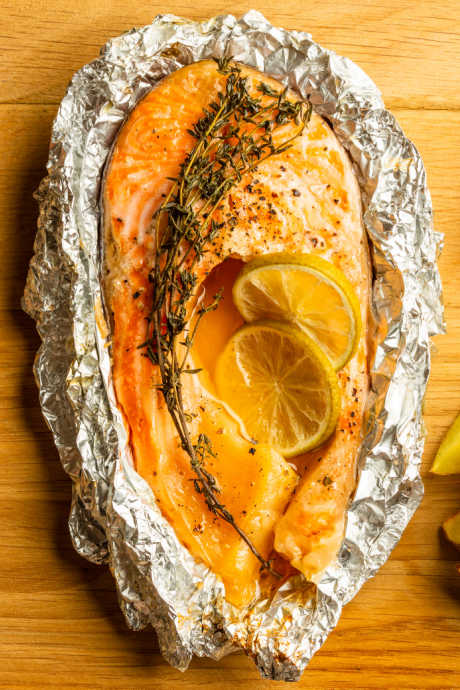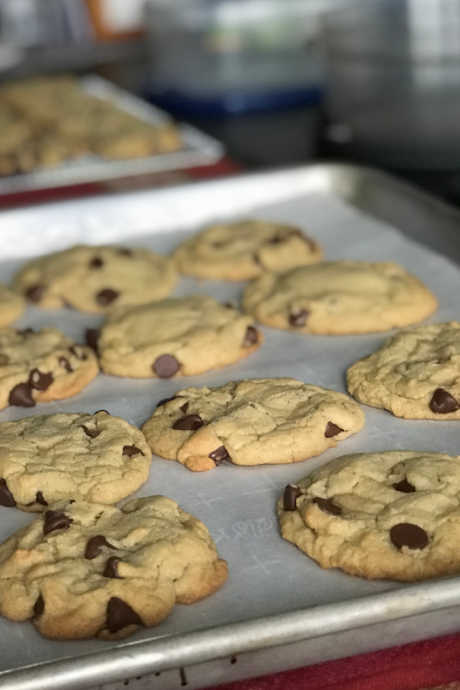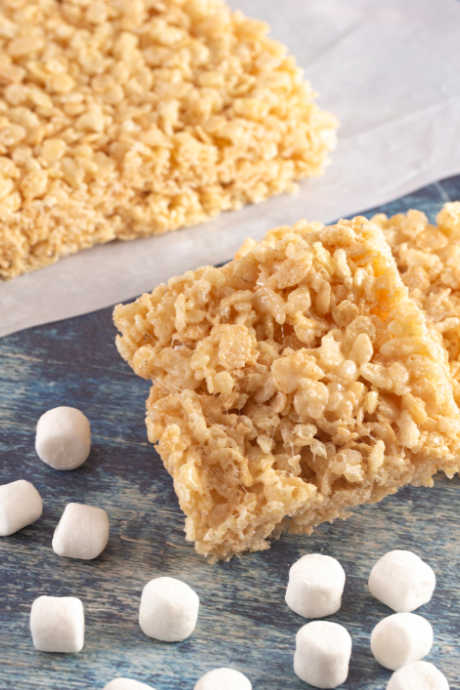Cover Your Bases (and Your Dishes) With Aluminum Foil, Parchment Paper, and Wax Paper
Posted by Amy on Feb 22nd 2023
Outfitting your kitchen is all about making choices. We’ve previously discussed products that are designed for similar tasks, like a chef’s knife and a Santoku, and products that can be unexpectedly useful, like a saucier. In this post, we’ll discuss the differences between aluminum foil, parchment paper, and wax paper, along with various ways to use these helpful kitchen tools.
Aluminum Foil
Aluminum foil is available in a variety of sizes, thicknesses, and shapes. It’s made by milling aluminum into sheets of 0.2 mm or less. Aluminum foil is best used to protect food from extreme temperatures, like freezing and grilling. We love creating foil packets to grill all-in-one meals. We also use aluminum foil to prevent food from breaking when turning it on the grill, or falling through grill grates.

When used for freezing leftovers or pre-made meals, aluminum foil helps prevent moisture loss. We love the ease of taking a meal straight from the freezer to the oven. If you are freezing something acidic, such as pasta with tomato sauce, place a sheet of parchment paper between your food and the foil. Acidic foods can pick up a metallic taste when stored in direct contact with foil.
When roasting, use aluminum foil to line your baking sheets for easy clean up. Foil can also be used to deflect direct heat if your food is getting too brown, but it’s not quite finished cooking. Think about your Thanksgiving turkey: the lean breast meat can dry out before the legs have finished cooking. Similarly, the edges of a pie crust may brown before the filling is fully cooked. Cover the already-cooked part of your dish with foil to lock in moisture while the rest of your dish finishes cooking.
Parchment Paper
Parchment paper, a high-density natural paper with a silicone coating, is a baker’s best friend. The folks at King Arthur Baking have a list of 50 ways to love it.
Parchment paper is typically oven safe up to 420°F, but check the box -- yours may withstand even higher temperatures. The good stuff can even be used more than once, which is especially helpful if you are making a bunch of cookies. Parchment paper cuts down your prep time (no more greasing baking sheets) and clean up (just throw it away, or toss it in the compost).

If sweets aren’t your thing, parchment paper has plenty of savory applications. We’d love to experiment with en papillote cooking, where fish or chicken breast (along with herbs, seasonings, and vegetables) is baked in a bag made from parchment paper. The bag captures the steam and flavor, gently cooking without overcooking and drying out these tender cuts. This recipe for Herb-Roasted Fish from Ina Garten sounds delicious.
Parchment paper is a great way to protect your baking sheets and speed up clean up, whether you’re making homemade granola, or simply sprinkling shredded cheese over garlic bread for semi-homemade cheesy bread.
Wax Paper
Wax paper is similar to parchment paper. However, it is coated in food-safe wax instead of silicone. This small difference has a big impact: wax paper is more nonstick and moisture resistant than parchment paper, but it’s not as heat safe.
If the task at hand is sticky, chances are you’ll want to reach for wax paper. If you’re rolling out pie dough, but don’t want to go overboard on the flour, place a sheet of wax paper between the dough and your counter, and another between your rolling pin and the dough. When you're ready to place your dough in your pie dish, use the wax paper to transfer it easily from counter to pie dish.

While wax paper should not be exposed to the direct heat of the oven, it is fantastic when used to line a cake pan that will be completely covered by batter. This trick makes it fast and easy to remove your cake from the pan, and it helps with clean up. We love using waxed paper to line baking dishes for other sweet treats that are not baked, like rice cereal treats, chocolate bark, and homemade fudge.
We hope this post helps you use these three tools better in your own cooking and baking, and maybe even find some new uses for them too!

